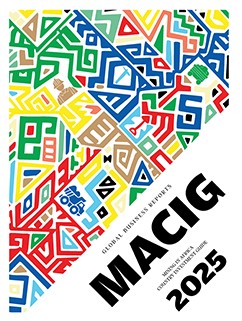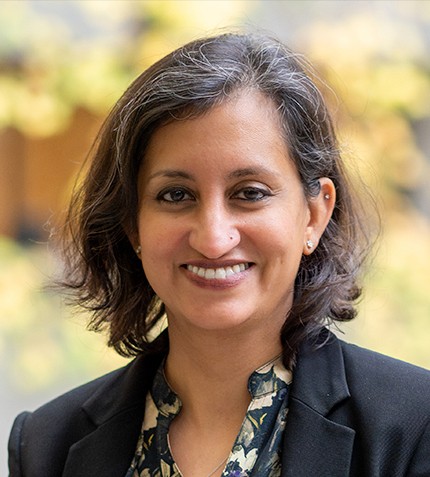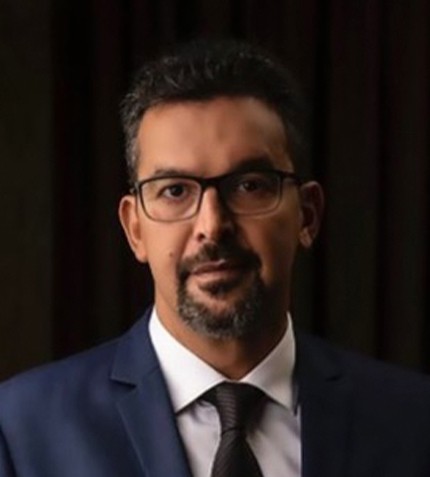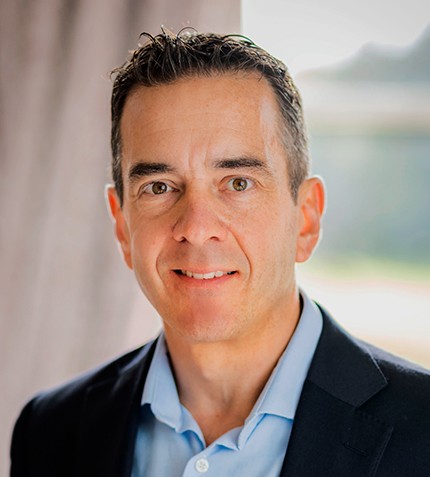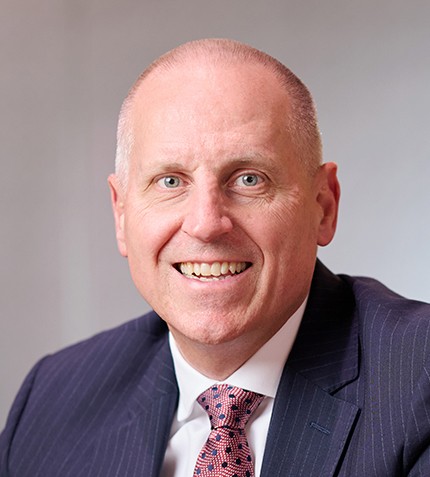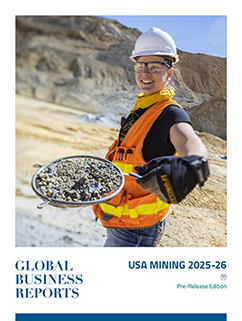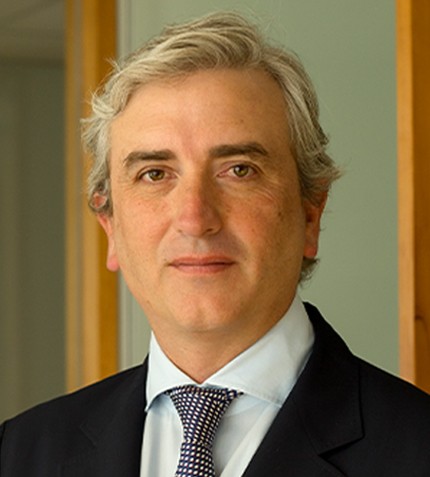
"We expanded our business in West Africa and built our largest mine to date at a time when the markets were risk averse. Being counter-cyclical takes both discipline and guts, but it pays off and we are now reaping the benefits."
RELATED PUBLICATION
ARTICLES FROM THIS PUBLICATION
Jorge Ganoza
CEO, FORTUNA MINING
Fortuna posted record production at over 450,000 oz/y and streamlined its portfolio through the divestments of Yaramoko in Burkina Faso and San Jose in Mexico. Could you update our readers on current guidance and strategy?
Fortuna produced 460,000 oz of AuEq in FY24. Following the divestiture of two non-core assets, our guidance for this year is 300–330,000 oz. Our Lindero mine in Argentina contributes about 100,000 oz/y at a competitive cost of US$1,500–1,600/oz AISC, with current reserves to last for over a decade. Meanwhile, our Séguéla mine in Côte d’Ivoire will account for another 170,000 oz/y, with a similar cost base and a 10-year LOM. The remaining ounces come from our Caylloma silver-gold-zinc-lead mine in Peru, which is our smallest but very steady producer, adding 60–70,000 oz/y. On top of this production profile, we have organic opportunities through the Diamba Sud project in Senegal, where we are working towards an FS by 2026; based on current resources, we expect Diamba to produce 120,000 oz/y. Together, these assets support a total production profile of around 450,000 oz/y.
Our strategic objective is not to grow the company to the proverbial million ounces of annual production but to consolidate Fortuna as a mid-size producer of gold and silver in the half-a-million-ounce range at costs that are well within the middle of the curve.
At these rising gold prices, we found keen buyers for our assets in Burkina Faso and Mexico, realizing value for our shareholders while remaining focused on our core portfolio. We are on track to meet our annual guidance and benefit from both higher gold and silver prices, generating healthy cash flow and strengthening our balance sheet, which was important as we emerged from the capital-intensive phase of constructing Séguéla, now our largest and flagship asset.
What’s your stance on M&A in the current gold cycle?
Undoubtedly, we are seeing more M&A already taking shape, but if you speak to CEOs who have lived through many gold cycles, you will note a much more measured approach compared to previous cycles. In the last cycle, not a lot of great things came out of very aggressive transactions, and that cost the heads of some of my peers at the time. In our industry, the risk appetite of shareholders shifts quite often, and sometimes it can be immensely contradictory, switching from excessively cautious to overly confident. The key is to be counter-cyclical and invest when nobody else is, in cheap assets, whereas what traditionally happens is that everybody moves in unison and wants to jump on the growth bandwagon when assets are already expensive or overvalued compared to historical averages.
Of course, you can never time the market to perfection, but at Fortuna, we have certainly tried to act counter-cyclically. We expanded our business in West Africa and built our largest mine to date at a time when the markets were risk-averse, and we had to deal with a lot of pressure from investors questioning our capital deployment at a time of downturn. When gold is at record highs, we now see the opposite pressures, with big deals making splashy news, but boring can be good. Being counter-cyclical takes both discipline and guts, but it pays off and we are now reaping the benefits.
What near-mine opportunities are you exploring at Séguéla?
One of the main focuses is our Sunbird deposit, which could alone be close to 1 million oz. If confirmed, Sunbird would be our single largest deposit within the Séguéla camp. We are already considering an underground component, following a higher-grade portion that’s deeper and amenable to underground mining. We had additional success with the Kingfisher deposit, where we continue to drill with encouraging results. With 35 km of the belt under our control, we are very excited about what’s to come.
A potential underground operation at Sunbird would be pioneering in Côte d’Ivoire. Could you comment on the implications for the country?
Indeed, there is only one other company (Perseus Mining) in Côte d’Ivoire permitted for an underground operation, so Fortuna would become the second. This is one of those situations when it is better to be second than first, especially when it comes to first-mover regulatory procedures that our peer has taken the risk for. We are preparing reserve numbers for the underground in 2025.
Producers like Fortuna often operate across multiple jurisdictions in West Africa. In your view, what commonalities make the region conducive to cross-border expansion?
West Africa presents a mining ecosystem of engineering firms, contractors, power, catering, and all sorts of suppliers and service providers, creating scale, efficiency, and reputation since they all move within the same sphere. This allows operators like us to know who is a good contractor, for example. That cluster is well formed, despite country-specific local content regulations and other differences. Now, when you move more inland into Mali, Burkina Faso, or Niger, we see more friction. One of the reasons we decided to divest our asset in Burkina Faso was the security aspect, with all the red portions within our risk matrix populated with the Yaramoko mine. It’s true some companies choose to spread the risk by operating in different countries in the region, but we do not necessarily think that way. There are places where we would not go today, like the Sahel countries I mentioned, but we remain curious about Guinea, Sierra Leone, and Liberia, and we are more than happy with Côte d’Ivoire and Senegal, which remain our main hunting ground. If you want to be a force in gold mining, West Africa is the place to be.
What is Fortuna’s budget for exploration and project development in 2025?
In 2024, we deployed approximately US$41 million in exploration and project development, and this year we have ramped up to US$51 million. Of this budget, the Diamba Sud project in Senegal accounts for the largest share as our most advanced project.




